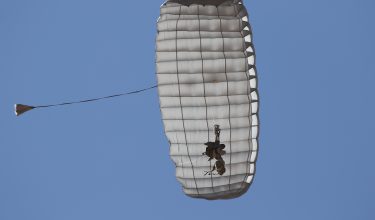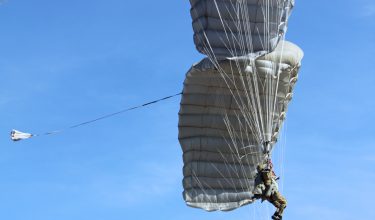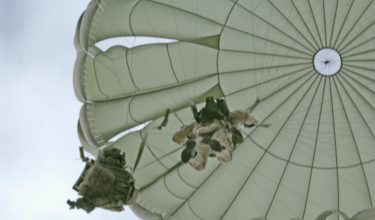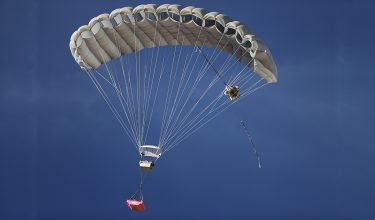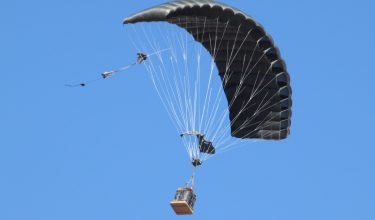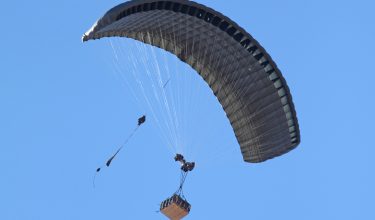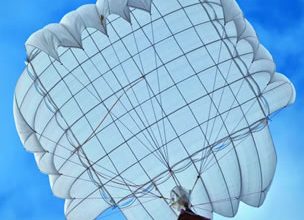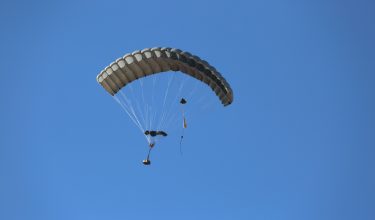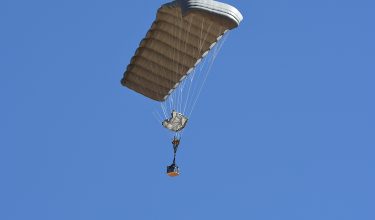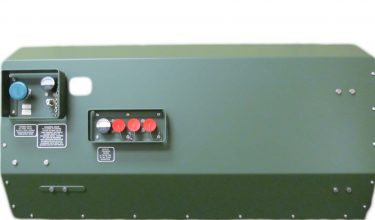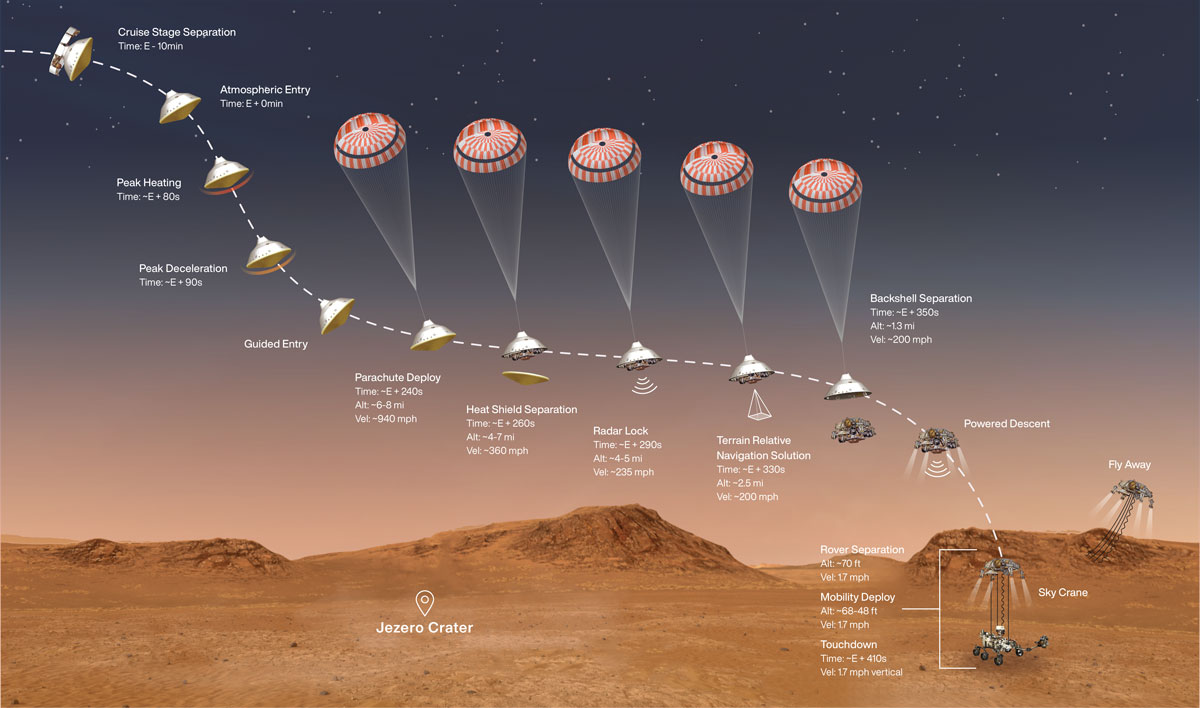Tomorrow, the Perseverance rover, built at NASA’s Jet Propulsion Laboratory in Southern California, will become the next robotic inhabitant of Mars, joining another rover, a lander, and multiple orbiters currently at work on or around the Red Planet. What sets this explorer apart?
There are multiple ways for you to watch history be made tomorrow. You can find out how here.
1. Perseverance is searching for signs of ancient life.
Previous NASA missions have discovered evidence that Mars once hosted running water before becoming a frozen
desert. Earlier in its history, Mars had warmer environments at the surface that could have supported microbial life.
Perseverance aims to take the next step, seeking, as a primary goal, to answer one of the key questions of
astrobiology: Are there signs (or biosignatures) of past microbial life on Mars? This demanding science goal requires a new suite of cutting edge instruments to tackle the question from many angles.
Two of them will play a particularly important role in the search for potential signs of past life: SHERLOC (short for Scanning Habitable Environments with Raman & Luminescence for Organics & Chemicals), which can detect organic matter and minerals, and PIXL (short for Planetary Instrument for X-ray Lithochemistry), which maps the chemical composition of rocks and sediments. The instruments will allow scientists to analyze these features together at a higher level of detail than any Mars rover has done before. Perseverance will also be able to use some instruments to gather science data from a distance: Mastcam-Z’s cameras can zoom in on rock textures from as far away as a soccer field, while SuperCam will use a laser to zap rock and regolith (broken rock and dust) to study their composition in the resulting vapor. RIMFAX (short for Radar Imager for Mars’ Subsurface Experiment) will use radar waves to probe geological features underground.
2. The rover is landing in a place with a high potential for finding these signs of past microbial life.
Terrain that is interesting to scientists can be challenging to land on. Thanks to new technologies that enable Perseverance to target its landing site more accurately and avoid landing hazards autonomously, the spacecraft can safely touch down in an intriguing ancient river delta with steep cliffs, sand dunes, and boulder fields. Jezero Crater is a 28-mile-wide (45-kilometer-wide) basin located in the Martian northern hemisphere. Sometime around 3.5 billion years ago, a river there flowed into a body of water about the size of Lake Tahoe, depositing sediments in a fan shape known as a delta. The Perseverance science
team believes this ancient river delta and lake deposits could have collected and preserved organic molecules and other
potential signs of microbial life.
3. Perseverance is also collecting important data about Mars’ geology and climate.
Context is everything. Mars orbiters have been collecting images and data from Jezero Crater from about 200 miles (322 kilometers) above, but finding signs of ancient life on the surface requires much closer inspection. It requires a rover like Perseverance. Understanding Mars’ past climate conditions and reading the geological history embedded in its rocks will give scientists a richer sense of what the planet was like in its distant past. Studying the Red Planet’s geology and climate could also give us a sense of why Earth and Mars – despite some early similarities – ended up so different.
4. The Perseverance rover embodies the NASA – and the scientific – spirit of overcoming challenges.
Getting the spacecraft to the launch pad during a pandemic, searching for signs of ancient life, collecting samples, and
proving new technologies are no easy feats. Nor is a soft touchdown on Mars: Only about 50% of Martian landing attempts, by any space agency, have been successful. The mission team draws inspiration from the name of its rover, with particular awareness of the challenges the entire world is experiencing at this time. With that in mind, the mission installed a special plate to honor the dedication and hard work of the medical community and first responders around the globe. The team hopes to inspire the entire world, and future explorers, to forge new paths and make discoveries on which the next generation can build.
5. Perseverance is the first leg of a round trip to Mars.
The verification of ancient life on Mars carries an enormous burden of proof. Perseverance is the first rover to bring a sample caching system to Mars that will package promising samples for return to Earth by a future mission. Rather than pulverizing rock the way Curiosity’s drill does, Perseverance’s drill will cut intact rock cores that are about the size of a piece of chalk and will place them in sample tubes that it will store until the rover reaches an appropriate drop-off location on Mars. The rover could also potentially deliver the samples to a lander that is part of the planned Mars sample return campaign by NASA and ESA (the European Space Agency).
Once the samples are here on Earth we can examine them more precisely with instruments too large and complex to send to Mars, providing far more information about them than even the most sophisticated rover could.
6. Perseverance carries instruments and technology that will help pave the way for future human missions to the Moon and Mars.
Among the future-looking technologies on the Mars 2020 Perseverance mission that will benefit human exploration is Terrain-Relative Navigation. As part of the spacecraft’s landing system, Terrain-Relative Navigation is the main reason Perseverance can explore a place as interesting as Jezero Crater. It will enable the descending spacecraft to quickly and autonomously comprehend its location over the Martian surface and modify its trajectory. This technology will provide invaluable assistance for both robotic and crewed missions landing on the Moon.
Perseverance will also have more autonomy on the surface than any other rover, including self-driving smarts that allow it to cover more ground in a day’s operations with fewer instructions from engineers on Earth. This fast-traverse capability (courtesy of upgraded sensors, computers, and algorithms) can translate into more science over the length of the mission. What’s more, it will make exploration of the Moon, Mars, and other celestial bodies more efficient for other vehicles.
In addition, Perseverance carries a technology demonstration – a proof-of-concept experiment – called Mars Oxygen In-Situ Resource Utilization Experiment (MOXIE). This instrument will produce oxygen from Mars’ carbon dioxide atmosphere, demonstrating a way that future explorers might produce oxygen for rocket propellant as well as for breathing.
Two other instruments will help engineers design systems for future human explorers to land and survive on Mars: The MEDLI2 (Mars Entry, Descent, and Landing Instrumentation 2) package is a next-generation version of what flew on the Mars Science Laboratory mission that delivered the Curiosity rover, while the MEDA (Mars Environmental Dynamics Analyzer) instrument suite provides information about weather, climate, and surface ultraviolet radiation and dust.
7. You will get to ride along.
The Mars 2020 Perseverance mission carries more cameras than any interplanetary mission in history, with 19 cameras
on the rover itself and four on other parts of the spacecraft involved in entry, descent, and landing. As with previous Mars missions, the Mars 2020 Perseverance mission plans to make raw and processed images available on the mission’s website.
If all goes well, the public will be able to experience in high definition what it’s like to land on Mars – and hear the sounds
of landing for the first time with an off-the-shelf microphone affixed to the side of the rover. Another microphone on SuperCam will help scientists understand the property of rocks the instrument is examining and can also listen to the wind.
If you are among the 10.9 million people who signed up to send your name to Mars, your name is stenciled on one of three silicon chips embedded on a plate on the rover that carries the words “Explore as one” in Morse code.
Article author: NASA
See Also: The Final Countdown



